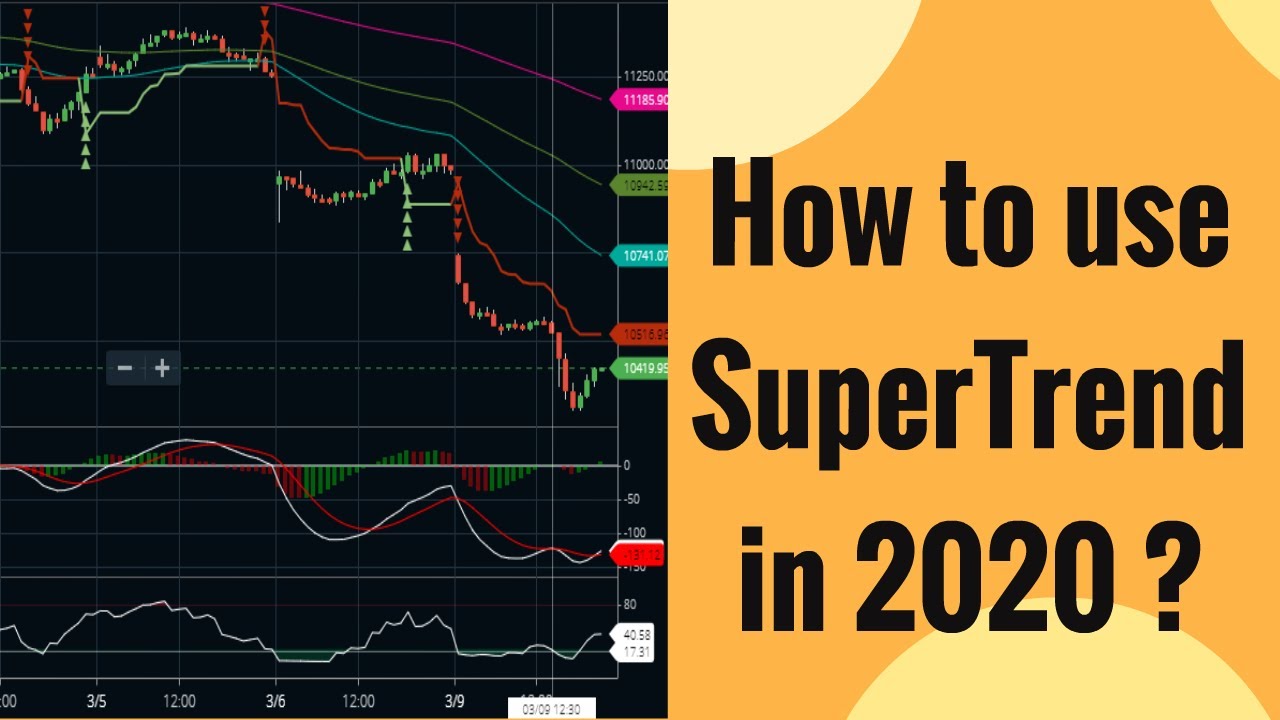How Easy Crude Oil Trading Can Be in 2025 | Crude Oil Analysis
Summary
TLDRIn this video, the speaker discusses their trading strategy for crude oil, explaining the detailed analysis behind their trades. They focus on price action, identifying key levels, trend lines, and potential breakout points. The speaker shares their approach to market fluctuations, including how to manage trades during reversals and pullbacks. Emphasizing a disciplined, rule-based approach, they also explain why certain trades succeed or fail. The video provides valuable insights into trading psychology, technical analysis, and risk management, aimed at helping viewers refine their own strategies.
Takeaways
- 😀 Crude oil prices exhibited significant volatility, with both sideways movement and strong trending moves during the day.
- 😀 The trader uses trend lines to identify key price levels and potential breakout points for trades.
- 😀 A level tested multiple times weakens over time, and the chances of a breakout increase with each successive test.
- 😀 Gap openings in the market, such as gap downs, require careful planning as the price often tests and breaks key levels after such gaps.
- 😀 If a price breaks a key support level and then tests it again, the trader will enter a sell trade, anticipating a downward movement.
- 😀 Trailing stop losses can help protect profits, but sharp reversals can trigger them prematurely, leading to missed opportunities for larger moves.
- 😀 When the price consolidates after a major move, it can indicate the start of a new trend or a potential breakout in the direction of the previous trend.
- 😀 The trader avoids entering trades at critical resistance levels when there's uncertainty or conflicting signals, preferring clearer confirmations.
- 😀 Sharp reversals often occur when the price breaks through levels that seem to be resistance but are actually traps for traders who are already positioned.
- 😀 In breakout situations, the trader evaluates the strength of the reversal and adjusts the trading plan based on price action, sometimes breaking their own rules to capitalize on unique opportunities.
Q & A
What is the main theme of the video?
-The main theme of the video is crude oil price action trading, where the speaker discusses his trading strategy, explaining how he plans and executes trades based on price movements, trendlines, and market consolidation.
How does the speaker describe the market movement at the beginning of the day?
-The speaker compares the market movement to a roller coaster, indicating a volatile start, with initial sideways movement followed by a significant upward spike in crude oil prices.
What trading strategy did the speaker use for his first trade?
-The first trade was based on a trendline drawn from the upward swing in price. The speaker identified a key level that was tested three times, and once the price broke through this level, he executed a sell trade.
Why does the speaker emphasize testing a level three times in price action trading?
-The speaker explains that when a level is tested multiple times, it becomes weaker. After the third touch, the likelihood of the level breaking increases, making it a key signal for a potential trade.
What caused the speaker to exit his first trade with a loss?
-The first trade was exited due to a sharp pullback after the initial downward move, which hit the speaker’s trailing stop-loss, resulting in a 50-point loss before the price reversed.
What role does market consolidation play in the speaker's trading decisions?
-Market consolidation indicates a period where the price moves sideways after a significant move. The speaker looks for these consolidation patterns to predict potential breakouts or reversals, using them as a guide for setting up trades.
What was the speaker's approach to the second trade after the initial loss?
-After the initial loss, the speaker waited for a consolidation phase followed by a breakout from a key range. Once the price broke out at a specific level, he executed a sell trade with a target near the day’s low.
What key factor does the speaker focus on when executing a third trade?
-For the third trade, the speaker focused on a sharp reversal after a failed breakout, which trapped traders in a losing position. The speaker took advantage of this reversal by entering a sell trade with a target of 60-70 points.
Why does the speaker avoid relying solely on indicators in his trading strategy?
-The speaker believes in the power of price action and prefers using it over indicators because price action provides clearer signals for market trends, reversals, and breakouts, making it more reliable for his trading decisions.
What does the speaker mean by 'trap trading' and how does it influence his decisions?
-Trap trading refers to a scenario where traders get caught in a false breakout, leading to losses. The speaker uses this to his advantage by observing these traps and entering trades after the market reverses, ensuring better risk management.
Outlines

هذا القسم متوفر فقط للمشتركين. يرجى الترقية للوصول إلى هذه الميزة.
قم بالترقية الآنMindmap

هذا القسم متوفر فقط للمشتركين. يرجى الترقية للوصول إلى هذه الميزة.
قم بالترقية الآنKeywords

هذا القسم متوفر فقط للمشتركين. يرجى الترقية للوصول إلى هذه الميزة.
قم بالترقية الآنHighlights

هذا القسم متوفر فقط للمشتركين. يرجى الترقية للوصول إلى هذه الميزة.
قم بالترقية الآنTranscripts

هذا القسم متوفر فقط للمشتركين. يرجى الترقية للوصول إلى هذه الميزة.
قم بالترقية الآنتصفح المزيد من مقاطع الفيديو ذات الصلة

🛢️ Crude Oil Trading | शाम को रोज़ करो Tension Free Trading | Basic to Advanced | MCX Crude Trade

Super Trend Intraday Trading Strategy for Commodity Day Trading

The Trade That Passed Phase 1 of 400k Funded Account In 2 Days - #forex

Live Bank Nifty Option Trading 📈 | Intraday Trading by Intraday Hunter

14 NOV Nifty Banknifty market analysis #trading

WTI vs Brent - What is the Difference?
5.0 / 5 (0 votes)
